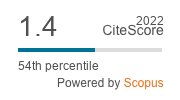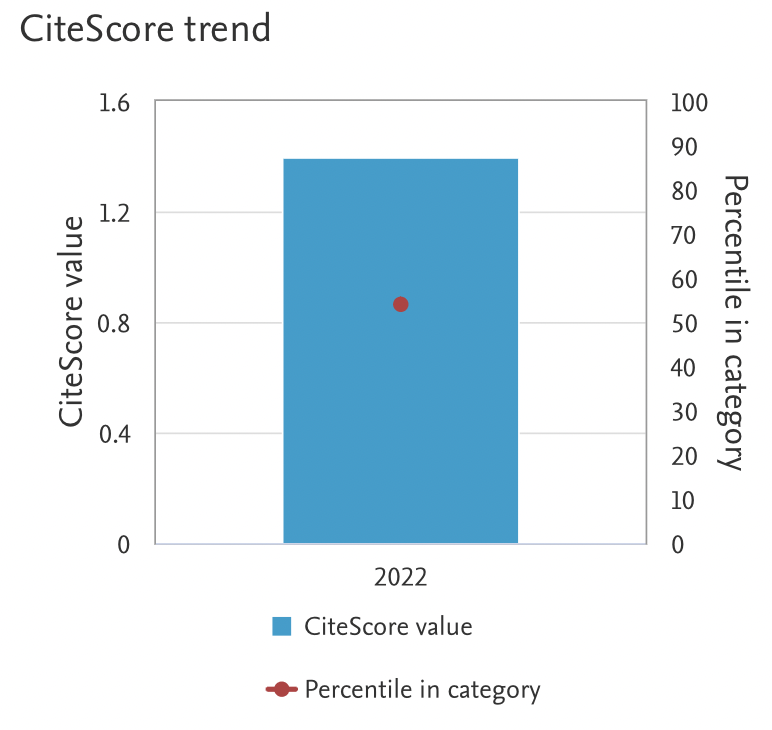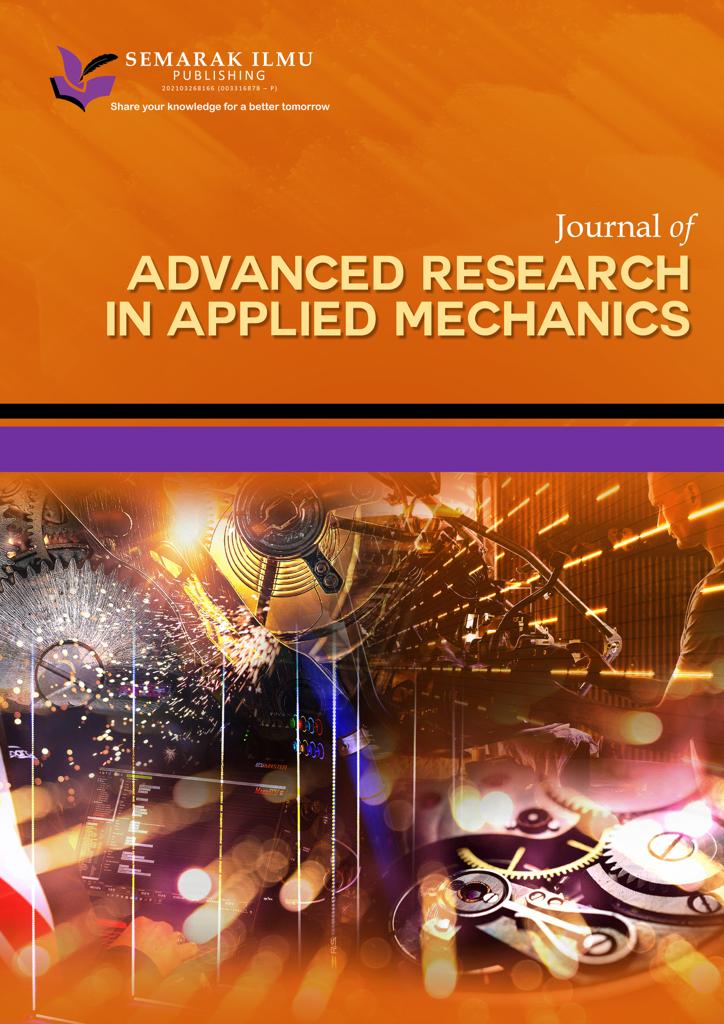Ransomware Classification with Deep Neural Network and Bi-LSTM
DOI:
https://doi.org/10.37934/araset.47.2.266280Keywords:
Ransomware Classification, Deep Neural Network, Bi-LSTM, Deep Learning, CybersecurityAbstract
Malicious attacks, malware, and ransomware families present essential risks to cybersecurity and may result in significant harm to computer systems, data clusters, networks, and mobile apps across a range of industries. Recently, there has been interest in ransomware classification using DNN and Bi-LSTM. DNN, a subset of machine learning techniques, has been found to improve ransomware detection and classification precision and efficacy. Ransomware has been affecting commercial, public, and governmental organizations' networks and computer systems for more than a decade, enabling new dynamic detection techniques to help DNNs detect ransomware. However, deep neural network-based architectures and DL classifiers (such as DNN, and Bi-LSTM classifiers) will be employed to detect ransomware. These networks may learn to correctly identify and categorize new ransomware incidents by integrating various datasets, including known and unknown ransomware samples. The classification of ransomware detection has been thoroughly investigated, and a model incorporating classic DL techniques with DNN and Bi-LSTM-based architecture will be proposed. A model execution experiment will be carried out to facilitate comparative testing of various approaches. This study focuses on the detection and classification of ransomware using DNN and Bi-LSTM. This study provides the groundwork for future investigations into the issues with ransomware detection. To protect against several ransomware attack types, deep neural networks have become an effective tool for ransomware detection. These networks combine machine learning and deep learning techniques.
















